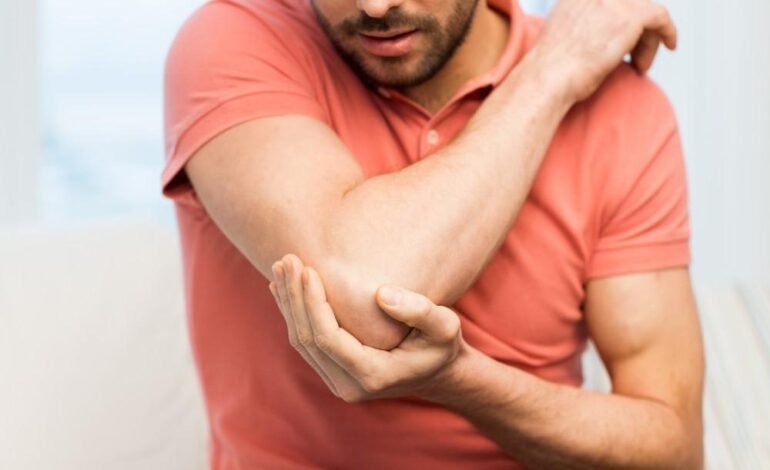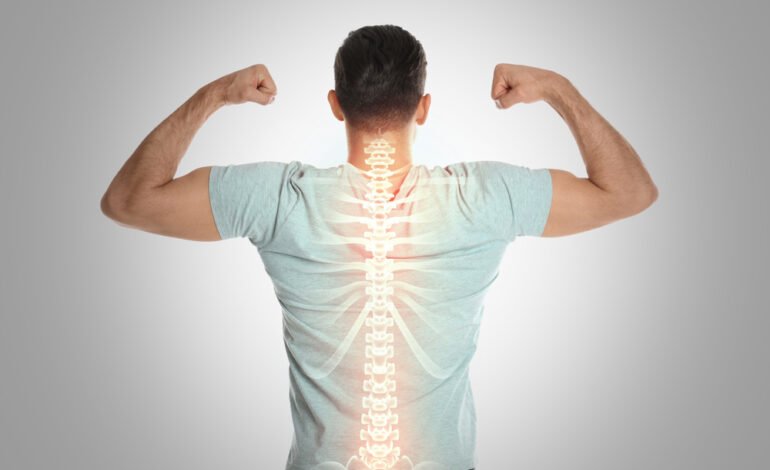
Adopt this routine if you want your joints healthy
Keeping your joints healthy is essential for maintaining mobility and preventing pain or injury as you age.
1. Stay Active with Joint-Friendly Exercises
Low-impact activities: Engage in activities that are gentle on your joints but still promote strength and flexibility, such as swimming, cycling, walking, or yoga.
Strength training: Building muscle around your joints helps protect them by providing better support. Focus on strength exercises for areas like your legs, hips, and arms.
Stretch regularly: Stretching helps maintain flexibility and range of motion in your joints. Simple stretching exercises for your arms, legs, back, and neck can improve joint health.
2. Maintain a Healthy Weight
Excess weight places added stress on weight-bearing joints, especially the knees, hips, and lower back. Maintaining a healthy weight reduces this stress and lowers the risk of joint pain and damage, particularly in people with conditions like osteoarthritis.
3. Eat a Joint-Friendly Diet
Anti-inflammatory foods: Incorporate foods with anti-inflammatory properties, such as:
Fatty fish (salmon, mackerel, sardines) high in omega-3 fatty acids
Fruits and vegetables (especially dark leafy greens, berries, and tomatoes)
Nuts and seeds
Olive oilBone and joint support: Ensure you’re getting adequate nutrients that support joint health, like:
Calcium and vitamin D for bone health (dairy, fortified plant-based milk, leafy greens, eggs)
Vitamin C for collagen production (citrus fruits, bell peppers, broccoli)
Collagen-rich foods like bone broth or supplements (helpful for cartilage and joint repair).
4. Stay Hydrated
Cartilage in your joints relies on water to maintain its cushioning properties. Staying hydrated helps your joints move smoothly and prevents stiffness.
5. Use Proper Posture and Body Mechanics
Mind your posture: Bad posture can put unnecessary strain on your joints, especially in your spine, hips, and knees. Be mindful of how you sit, stand, and walk.
Lift properly: When lifting heavy objects, use your legs, not your back or arms, to reduce stress on your joints. Keep your back straight, squat, and lift with your knees.
6. Avoid Repetitive Movements
Repeating the same motion over and over can wear down your joints over time. If your job or hobbies involve repetitive actions, take breaks, stretch, and alternate tasks to give your joints time to recover.
7. Protect Your Joints During Physical Activity
Wear proper footwear that provides adequate support.
Use joint protection techniques in sports and activities. For example, using knee or elbow pads when cycling or skateboarding can help reduce the risk of injury.
For those with existing joint pain, consider using braces or supports to stabilize the joint during physical activities.
8. Get Enough Rest
Rest is important for recovery. Overuse can lead to inflammation and joint wear. Allow adequate time for your joints to recover, especially after strenuous exercise.
9. Manage Stress
Chronic stress can contribute to inflammation and pain in the body, including the joints. Try techniques like mindfulness, meditation, or deep breathing exercises to manage stress levels.
10. Consider Joint Supplements (if needed)
Glucosamine and chondroitin: These natural substances are often used in supplements to support cartilage health. Some studies suggest they may help reduce joint pain or improve joint function, particularly in osteoarthritis.
Omega-3 fatty acids: Supplementing with omega-3s (fish oil or flaxseed oil) can reduce joint inflammation and stiffness.
11. Avoid Smoking and Excessive Alcohol
Smoking reduces blood flow to the joints, which can impair the healing of damaged cartilage. Excessive alcohol consumption can also contribute to inflammation and joint problems.
By following these tips and making joint health a priority, you can maintain mobility, reduce the risk of joint problems, and enjoy better overall quality of life as you age!



